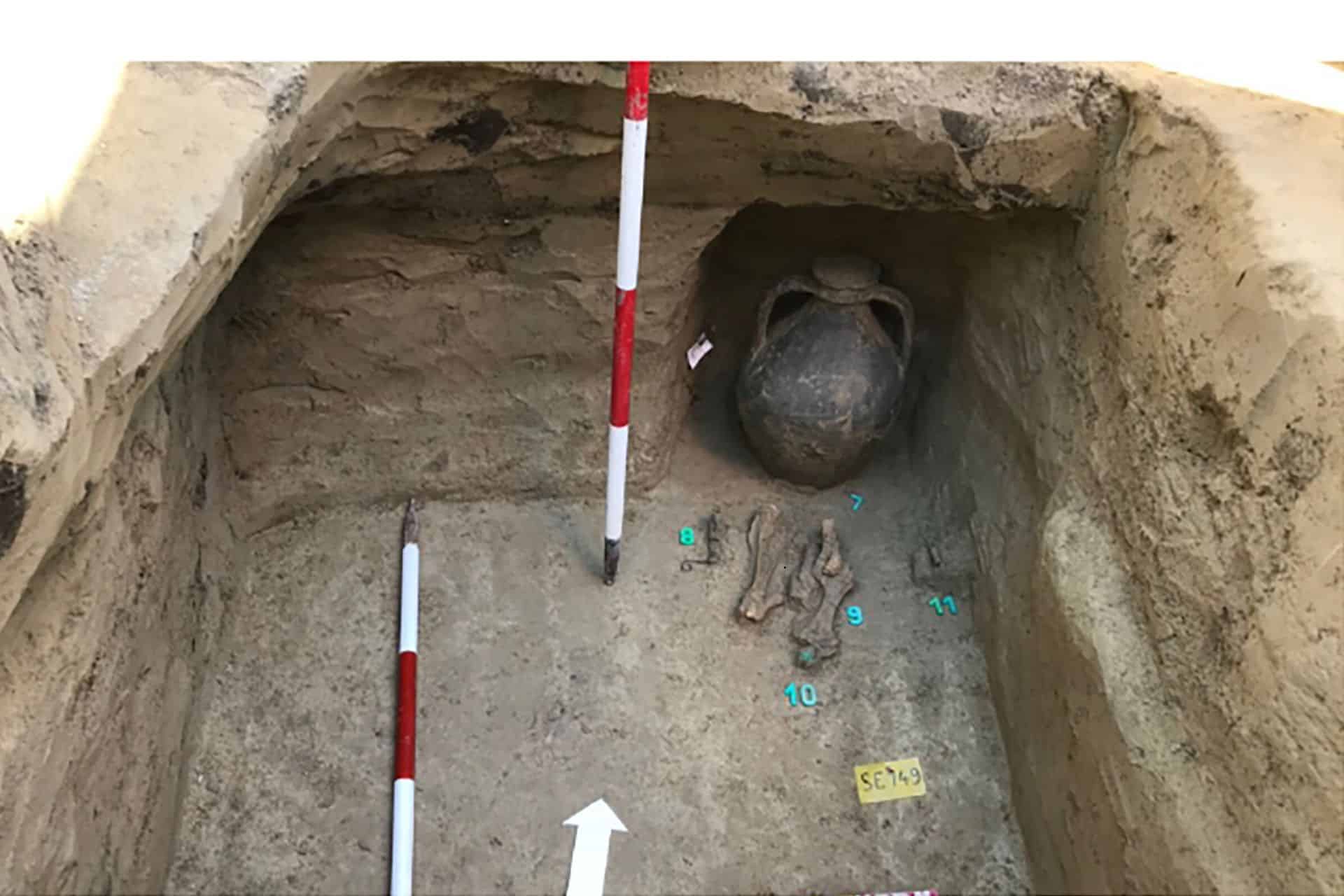Mystery of the Origins of Huns Finally Solved
Source: GreekReporter.com

For centuries, historians have debated the origins of the European Huns, the nomadic warriors who played a pivotal role in the fall of the Roman Empire. Some believed they descended from the Xiongnu, a powerful empire in Mongolia, due to similarities in weapons and cultural practices. However, new genetic research solved the mystery of the Huns’ origins suggesting the Huns were a diverse mix of people rather than a single ethnic group.
A study published in PNAS on Feb. 24 analyzed ancient DNA from 370 skeletons dating back to the fourth through sixth centuries.
The research, led by Guido Gnecchi-Ruscone of the Max Planck Institute for Evolutionary Anthropology in Germany, compared the genetic profiles of individuals from the European Huns, Central Asian nomads, and people from the Xiongnu period.
The findings reveal that the Huns had a highly diverse genetic makeup, with only limited direct links to the Xiongnu.
Tracing ancestry through DNA
To investigate these connections, researchers used a genetic method called identity by descent (IBD), which identifies long stretches of DNA shared between individuals with a common ancestor.
The analysis revealed that while some people across the three groups were related, most individuals were genetically closer to others within their own group.
A total of 97 individuals shared genetic links from Central Asia to the Carpathian Basin, an area that includes present-day Hungary, spanning 400 years.

This suggests that people in these nomadic societies maintained family ties across vast distances. However, the study found no evidence of large communities with continuous steppe ancestry in Europe during this period.
Genetic Diversity and Social Structure
Among the most striking discoveries was the presence of two high-status Xiongnu individuals who were direct ancestors of some people buried in Hun-period graves.
While this confirms a genetic link between the two groups, most Huns carried varying degrees of northeast Asian ancestry, reinforcing the idea that they were a mixed population rather than a direct continuation of the Xiongnu.
Previous DNA research has suggested that elite marriage alliances were crucial to Xiongnu society, with noble women playing an important role.
However, the social structure of the Huns remains unclear. Researchers found both men and women buried in rare, eastern-style Hun graves, but the available data was too limited to determine whether similar marriage practices existed among the Huns.
The Hun woman of Pusztataskony
One particularly intriguing find was the skeleton of a Hun woman, aged 35 to 50, buried in Pusztataskony, Hungary, during the first half of the fifth century.
She had an elongated skull, a practice seen in some nomadic cultures, and was buried with gold earrings, indicating high social status.
This study offers a clearer picture of the Huns’ complex origins. While they had some ties to the Xiongnu, their genetic diversity suggests they were a coalition of different groups rather than a single, unified people.
The original article: belongs to GreekReporter.com .
